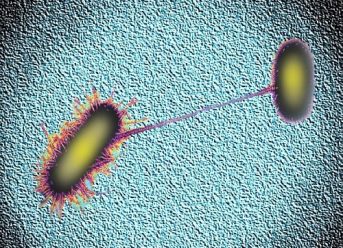Sampling completed for study documenting antibiotic-resistant bacteria

Participants of a SCCWRP-led study examining whether viable antibiotic-resistant bacteria – and the genes that code for antibiotic resistance – are being discharged into the environment following the wastewater treatment process have completed sampling of all influent and effluent samples.
SCCWRP’s four POTW member agencies conducted quarterly sampling for a year at 10 wastewater treatment facilities across Southern California, including an international treatment plant at the U.S.-Mexico border. The final samples were collected in February; analysis of the samples is ongoing.
The study will provide a baseline understanding of how prevalent antibiotic-resistant bacteria and associated genetic material are in wastewater effluent, and which treatment processes seem to be most effective at reducing antibiotic-resistant bacteria and genes in effluent.
In cases where genetic material is surviving the treatment processes that destroy most bacterial cells, antibiotic resistance genes could be traveling via treated effluent into aquatic systems and being taken up by pathogenic bacteria. This process could create multidrug-resistant “superbugs.”
Initial results are expected to be available as early as August.
More news related to: Microbial Water Quality